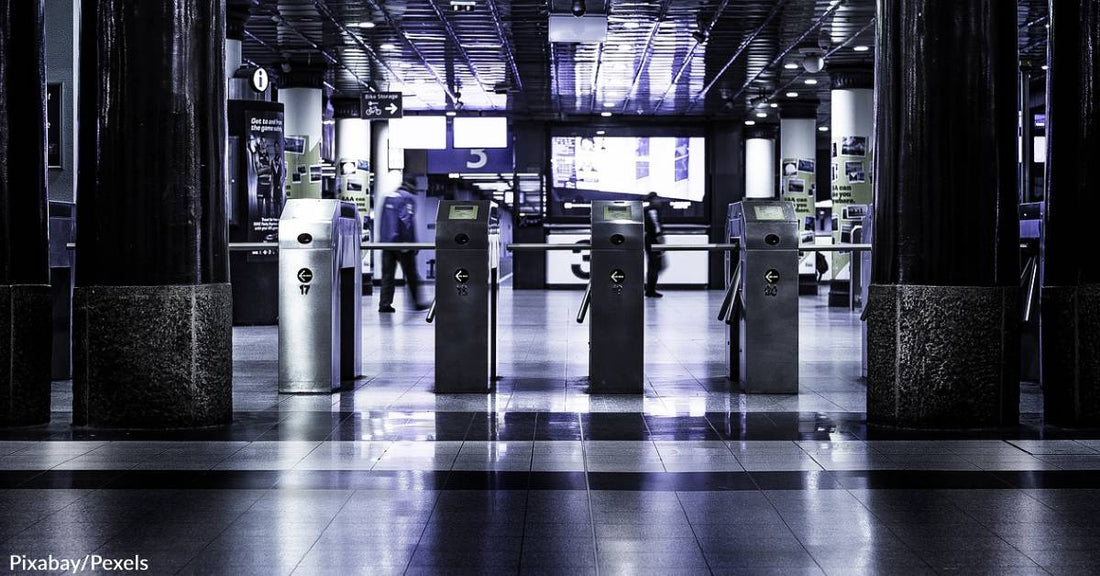TSA to Public: Stop Sending Pets Through X-ray Scanners!
Rebecca West
The TSA is reminding the public to please remove pets from their carriers before sending them through the X-ray machines used for detecting banned items or substances at security checkpoints. The reminder comes on the heels of several pets being subjected to the invasive screening process in recent months. Most were the result of folks simply not understanding that the animals contained within the carriers needed to be removed first before the carrier/kennel was sent through the scanning device.
Others have been discovered after pet owners basically tried to smuggle their pets on flights. And then there's the rare case of a pet managing to climb into a bag or suitcase undetected before it's closed and carried to the car for transport to the airport. Regardless of how it happens, the X-ray process is potentially dangerous for humans and pets due to exposure to radiation.
Pet Carriers
With larger pets transported in traditional carriers, it's much easier for screening agents to quickly identify the crate and inform the pet parent of the process, but carriers have changed drastically in appearance over the years. Small dog and cat carriers often look like backpacks or large purses now. Perhaps for that reason, a public awareness campaign is what's needed.
"Too many people are leaving their pet in the case when they get to the checkpoint, thus having the pet go through the X-ray unit," noted Lisa Farbstein, a spokeswoman with the Transportation Security Administration. Apparently, it bears repeating (or reminding) that pets are living, breathing creatures, not inanimate objects. This isn't rocket science and animals aren't impervious to the harm they can cause.
X-rays & Radiation
According to UCSF Radiology, "When X-ray radiation is absorbed within our bodies, it can damage molecular structures and potentially cause harm. Very high doses of radiation cause damage to human cells, as evidenced by skin burns, loss of hair, and increased incidence of cancer."
Before we had a better understanding of the extent of the damage prolonged or repeated radiation exposure could cause, it wasn't all that unusual for doctors, nurses, or anyone else regularly exposed to it to develop cancer.
"We would not want to expose anyone's pet to extra X-rays," Farbstein said. "The only people who should be X-raying your pet should be veterinarians who deem it necessary."
Transportation Security Administration
TSA officials reportedly provided a public demonstration at Dulles International Airport recently to show folks the proper steps pet owners should take for moving through security safely and efficiently. They call for smaller pets that can travel in cabins to be brought to security checkpoints in approved carriers. Pets should then be removed from said carriers just prior to the commencement of the screening process. People can then carry their pets through or walk them through the metal detector on a leash.
Traveling with Pets
Once travelers have completed the brief screening process, they are instructed to return their pets to their travel carriers to ensure the safety of the animal and other airline passengers. After that, they are free to proceed to the gate their flight is departing from or do some shopping in the terminal or grab a bite to eat. If you're an inexperienced flyer or it's your first time traveling with a pet, this is definitely "good to know" info.




 Photo:
Photo: 